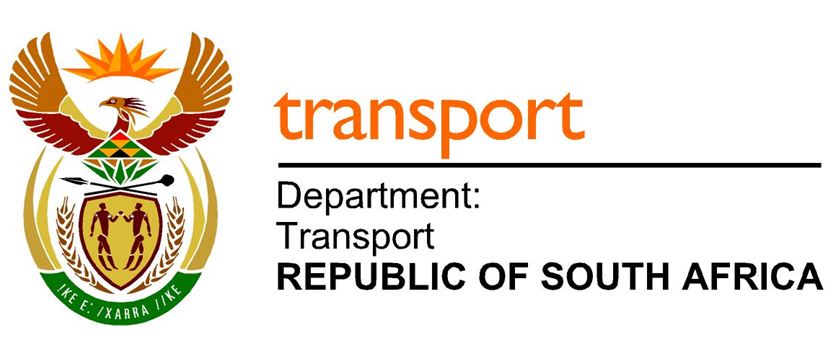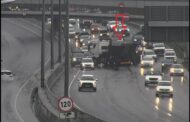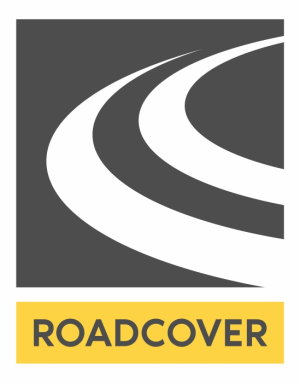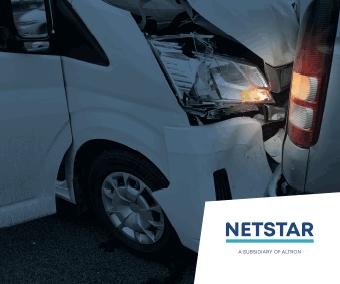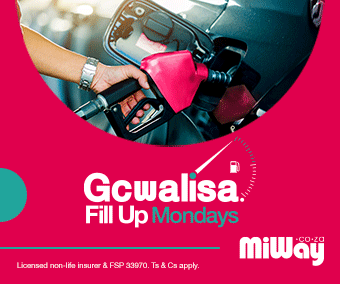The 2021/22 budget for the Department of Transport and Public Works totals R9.265 billion. This is an 8% increase on the adjusted budget for 2020/21. For 2022/23 the budget is scheduled to be reduced to R8.636 billion before being increased marginally for 2023/24 to R8.891 billion. The 2021/22 budget is made up of the following receipts:
Equitable share – 44%
Conditional Grants – 24%
Departmental Receipts – 21%
Financing – Asset Financing Reserve and the Provincial Revenue Fund – 11%
From a programme perspective, given the importance of maintaining and expanding a safe road network, it is not surprising that Programme 3 [Transport Infrastructure] is allocated 41% of the total budget.
Programmes 4 and 5 [Transport Operations and Transport Regulation] contain allocations to ensure that we are able to build on recent technological advances aimed at expanding the reach of our Traffic Service and the capacity of the Integrated Transport Hub which has attracted great interest from national agencies as well as from the other provinces keen to draw on our ideas and experience.
Infrastructure Spend and Jobs
As part of the debate held in the House last Friday, I referred to the fact that in 2021/22 the top 18 projects in the roads space alone which my Department plans to put out on tender in the near future have an estimated value of R3 billion and an expected spend in the 2021/22 financial year of R819 million.
In this financial year, my department is due to spend over R4 billion on infrastructure and, as the implementing agent for Education and Health, a further R2.9 billion. This is a massive contribution to the economy, to an industry under pressure and to the creation of work for our residents.
From an employment perspective, projects put out by my department in the current financial year created over 7 500 jobs despite the fact that this period coincided with the most extreme form of lockdown and most projects had to be shut down for at least part of that time.
At my request, DTPW has also embarked on a process of identifying various partnership and financing models which can move us away from the conservative, traditional approach to the planning, packaging, procurement and financing of infrastructure projects. I hope to be able to report more fully on this development in the near future.
Public Transport Innovation
During the pandemic, many of the additional responsibilities assumed by various departments of the Western Cape government were entirely expected and in line with the steps which had to be taken to combat and limit the spread of the virus.
So the massive task of sourcing and managing the provision of Isolation and Quarantine facilities was not entirely unexpected and was logically within the mandate of the Department of Transport and Public Works. Equally, fitting out government buildings with the required health-protective material was an extension of existing mandates.
There were, however, also needs which arose from the lockdown and other actions which were less expected and which required for their resolution creative thinking and solutions. One of these was the impossible situation in which front line health staff found themselves when national curfew hours, duty rosters and the availability of public transport were not aligned. My department responded by developing and negotiating a system of public transport in conjunction with the Minibus Taxi industry through which the transport needs of medical staff could be co-ordinated with vehicle availability using appropriate technology.
In this way the Red Dot Lite service was conceived and implemented; building on the Red Dot service which was implemented to transport people to and from Quarantine and Isolation facilities.
The new system – Blue Dot, named after its distinguishing branding – has required days of intensive negotiation, a deep knowledge of the industry and a willingness to give and take in the interests of all parties – particularly the commuters themselves.
The successful organisation and implementation of these three services required the development of a new basis of interaction with the Minibus Taxi industry. For this purpose, the industry was assisted to establish Umanyano Travel Services company involving 8 regional taxi councils. A whole new way of interacting with the taxi industry has been established with significant benefits for the industry, the commuters and the Province.
Given the on-going unacceptable level of service provided to our commuters by PRASA, the Blue Dot system is a massive step forward in the provision of reliable, safe, affordable public transport.


